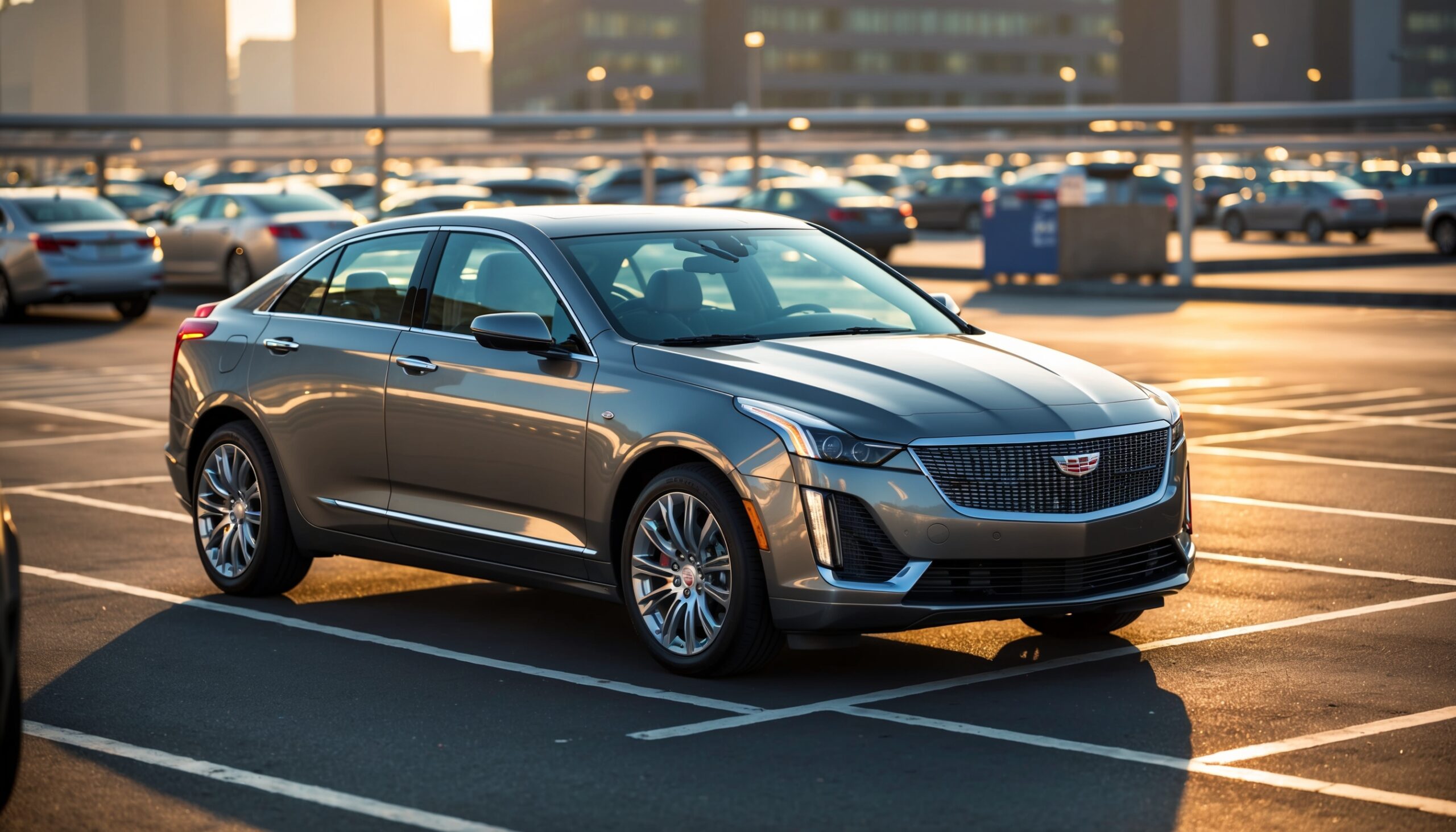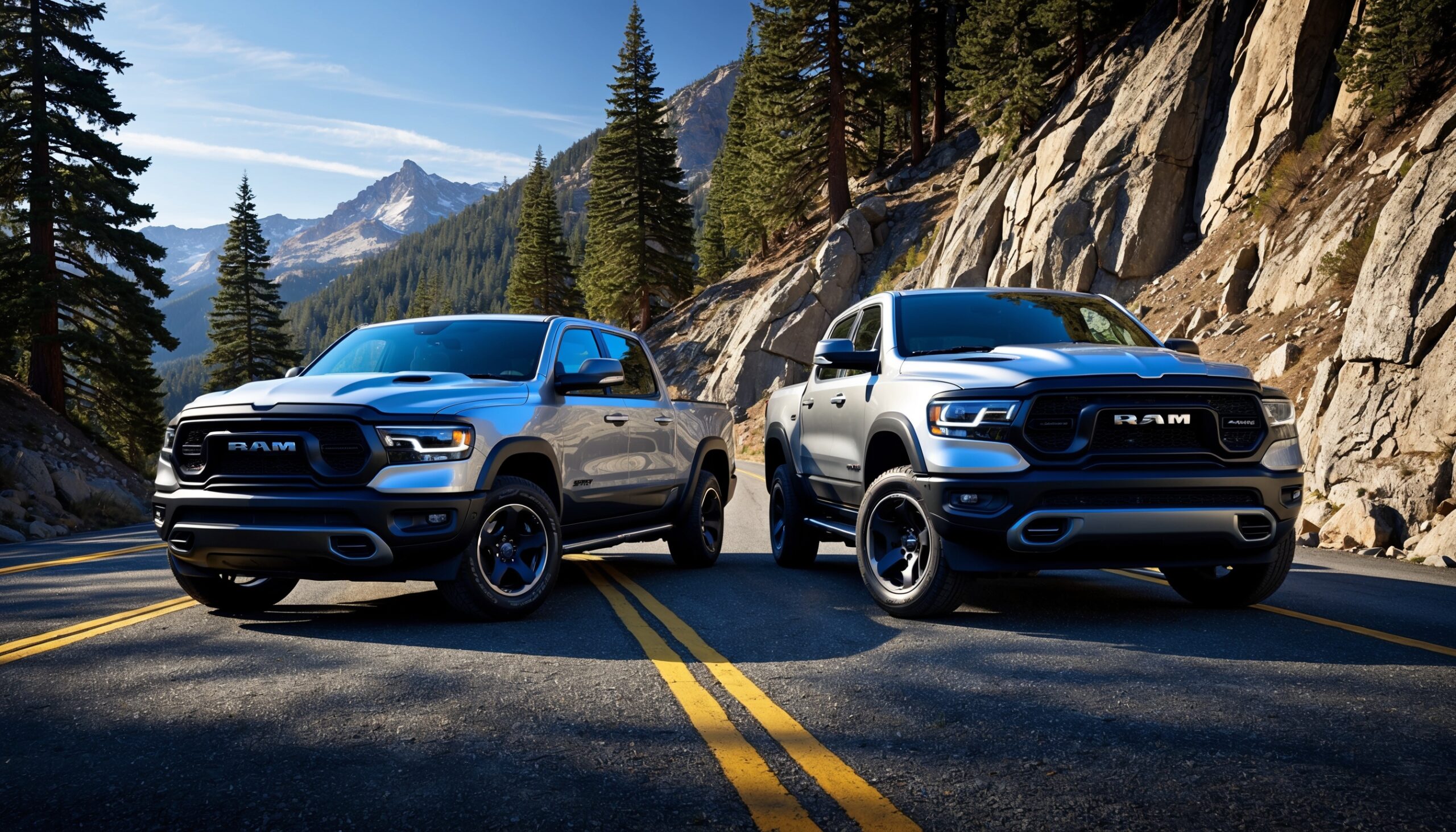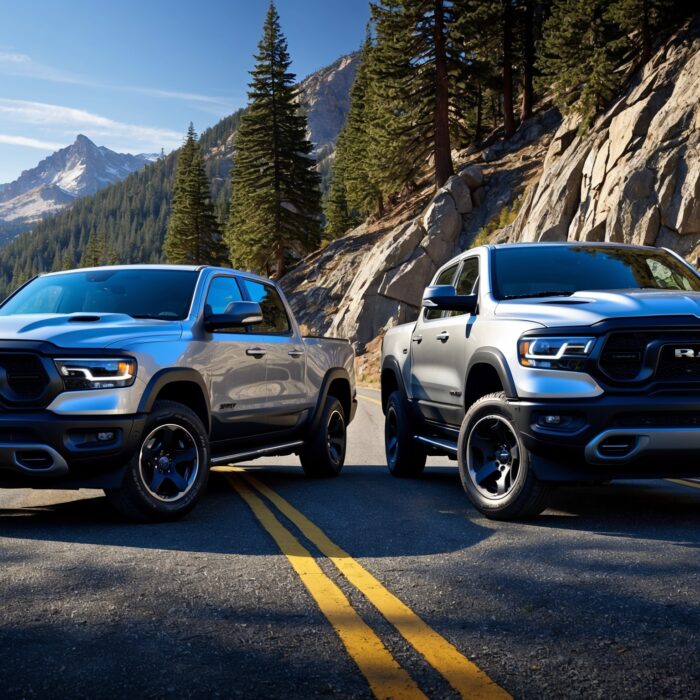Car Specifications: The Heartbeat of Your Ride
When it comes to cars, enthusiasts often find themselves delving into a world of specifications. Whether you’re a seasoned gearhead or just starting to appreciate the beauty of automobiles, understanding car specifications is crucial. These numbers and figures tell a story about a vehicle’s performance, safety, and comfort. In this blog post, we’ll take you through the essential aspects of car specifications, helping you decode what these numbers really mean and how they affect your driving experience.
What Do We Mean by Car Specifications?
Car specifications are the detailed information that outlines the features, capabilities, and engineering of a vehicle. Think of them as the DNA of the car, providing insights into everything from engine performance to safety standards. They typically include:
- Engine Specifications: Displacement, horsepower, torque, and type.
- Transmission: Manual vs. automatic, number of gears, and drive type.
- Dimensions: Length, width, height, and wheelbase.
- Fuel Economy: Miles per gallon (MPG) ratings.
- Safety Ratings: Crash test ratings and safety features.
- Weight: Curb weight and payload capacity.
These specifications are not just numbers; they paint a picture of what you can expect from a vehicle. Let’s dive deeper into each category to understand their significance.
Engine Specifications: The Power Behind the Wheel
The engine is often considered the heart of the car, and its specifications are crucial for performance enthusiasts. Here’s what to look for:
Displacement
This refers to the total volume of all the cylinders in the engine, usually measured in liters (L) or cubic centimeters (cc). Generally, a larger displacement means more power, but it also can lead to lower fuel efficiency. For example, a 5.0L V8 engine will typically produce more horsepower than a 2.0L inline-four.
Horsepower and Torque
Horsepower is a measure of how quickly an engine can do work, while torque represents the engine’s pulling power. Both are critical for understanding how your car will perform:
- Horsepower: Higher horsepower means faster acceleration and higher top speeds.
- Torque: Important for towing capacity and how the car feels during everyday driving.
For instance, a sports car with 400 horsepower will feel vastly different from a truck with the same horsepower but significantly more torque.
Engine Type
Engines can be classified into various types such as inline, V-type, or flat engines. Each has its pros and cons. Inline engines are compact, while V-type engines offer more power in a smaller space. Understanding the type of engine can help you decide which car suits your driving style.
Transmission: Shifting Gears
The transmission is the system that transfers power from the engine to the wheels. It plays a crucial role in how your car drives. Let’s break it down:
Manual vs. Automatic
Manual transmissions give drivers more control and can be more engaging to drive. On the other hand, automatic transmissions provide convenience, especially in heavy traffic. Some cars now offer a dual-clutch transmission, combining the best of both worlds.
Number of Gears
More gears typically translate to smoother acceleration and better fuel economy. A six-speed transmission might provide a better driving experience compared to a four-speed, especially on highways.
Drive Type
Cars can have front-wheel drive (FWD), rear-wheel drive (RWD), or all-wheel drive (AWD). The choice of drive type affects handling, traction, and overall driving dynamics. Enthusiasts often debate the merits of each system, so knowing what suits your needs will enhance your driving pleasure.
Dimensions: The Physical Presence
Dimensions give you insight into how a car will handle and how much space it provides for passengers and cargo. Here’s what to look at:
Length, Width, and Height
These measurements determine how the car fits in parking spaces and how it feels on the road. A compact car might be easier to maneuver in urban settings, while a larger SUV offers more space but can feel cumbersome in tight spots.
Wheelbase
The distance between the front and rear axles affects stability and ride comfort. A longer wheelbase generally provides a smoother ride, while a shorter wheelbase can enhance agility and responsiveness.
Fuel Economy: Going the Distance
Fuel economy is one of the most important specifications for many drivers. It tells you how efficiently a car uses fuel, usually expressed in miles per gallon (MPG). Here’s how to interpret this information:
City vs. Highway MPG
Most cars will have separate ratings for city and highway driving. City MPG tends to be lower due to frequent stops and starts, while highway MPG offers a glimpse into how the car performs on long trips. When comparing vehicles, consider how you’ll use the car most often.
Fuel Type
Some cars run on regular gasoline, while others require premium fuel or even diesel. Knowing the fuel type will help you estimate your long-term costs. A car that requires premium fuel may offer better performance but could also inflate your budget.
Safety Ratings: Your Protection Matters
Safety is paramount, and understanding a car’s safety specifications can make a significant difference. Vehicles are often rated by organizations like the National Highway Traffic Safety Administration (NHTSA) and the Insurance Institute for Highway Safety (IIHS). Here’s what to look for:
Crash Test Ratings
These ratings are crucial for understanding how well a vehicle will protect its occupants in an accident. Look for cars that have high ratings in various categories, including frontal and side impact tests.
Safety Features
Modern cars come equipped with a plethora of safety features, including:
- Anti-lock Braking System (ABS): Helps maintain steering control during hard braking.
- Electronic Stability Control (ESC): Aids in maintaining traction.
- Adaptive Cruise Control: Automatically adjusts speed to maintain a safe distance from the car ahead.
- Lane Departure Warning: Alerts the driver if they start to drift from their lane.
- Airbags: Multiple airbags provide protection in various types of collisions.
When considering a vehicle, ensuring it has robust safety ratings and features can offer peace of mind on the road.
Also Read: Jeep Compass vs Tata Safari: Style Meets Strength Comparison
Weight: The Impact on Performance
The weight of a vehicle is another critical specification that influences performance, handling, and fuel economy. Here’s how weight factors into your driving experience:
Curb Weight
Curb weight is the total weight of the car when it’s not loaded with passengers or cargo. A lighter car can often accelerate faster and handle better, while a heavier vehicle may feel more stable, especially at high speeds.
Payload Capacity
This refers to the maximum weight a vehicle can safely carry, including passengers and cargo. For trucks and SUVs, knowing the payload capacity is essential for those who plan to haul equipment or transport large items.
Putting It All Together: How Specifications Affect Your Choice
Now that we’ve broken down the essential specifications, how do they come together in real-world applications? Let’s explore how these numbers translate into tangible experiences on the road.
Also Read: Heavy Metal: Massive Recalls Hit Hyundai and Nissan for Fire Risks – What Owners Need to Know
Performance
A car with high horsepower and torque will offer exhilarating acceleration, perfect for those who crave speed. Meanwhile, a vehicle with a well-tuned suspension and a longer wheelbase may provide a smoother ride over bumpy roads.
Comfort and Space
If you’re traveling with family or friends, spacious dimensions and ample cargo capacity become crucial. Cars with generous legroom and headroom can make long journeys far more enjoyable.
Fuel Efficiency and Costs
For daily commuters, fuel economy can significantly impact your budget. A vehicle that offers excellent MPG ratings can save you money over time, making it a practical choice for those who drive frequently.
Safety and Reliability
No one wants to compromise on safety. A vehicle equipped with the latest safety features and high crash test ratings will not only provide peace of mind but also enhance your overall driving experience.
Embracing the Numbers: Your Path to the Perfect Car
Understanding car specifications may seem daunting at first, but it’s a rewarding journey that allows you to make informed choices. Whether you’re looking for a sporty coupe, a family-friendly SUV, or a rugged truck, the specifications can guide you towards the perfect fit. As you embark on this journey, don’t hesitate to dive deep into the details and ask questions. After all, the world of automotive specifications is as exciting as the cars themselves.
At Torque Feed, we believe that every car enthusiast should have access to this vital knowledge. By grasping the significance of car specifications, you can elevate your appreciation for the engineering marvels that grace our roads.
So, the next time you’re browsing for a vehicle or simply admiring cars, remember to take a moment to appreciate the specifications that make each model unique. They’re not just numbers; they’re a gateway to understanding what makes each car tick—and what makes it the right choice for you.
Happy driving!












